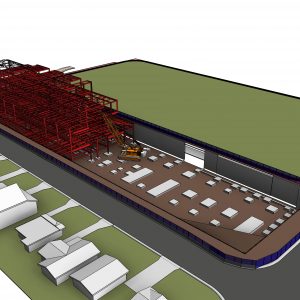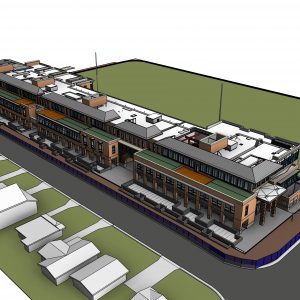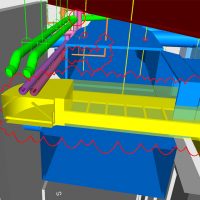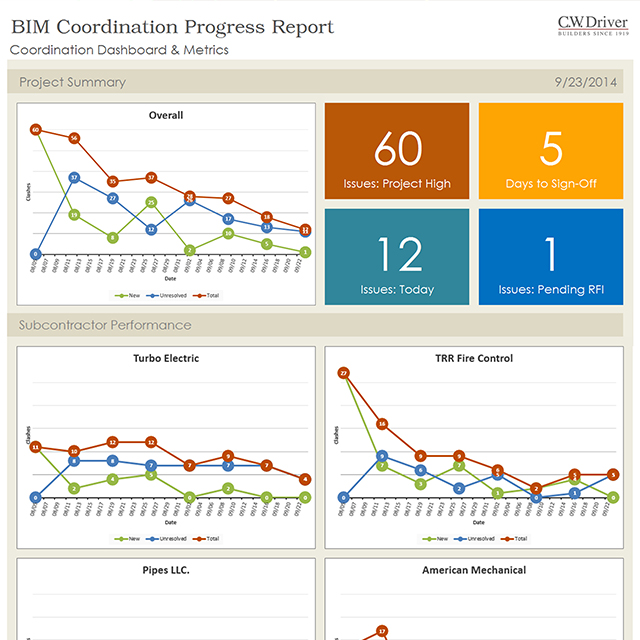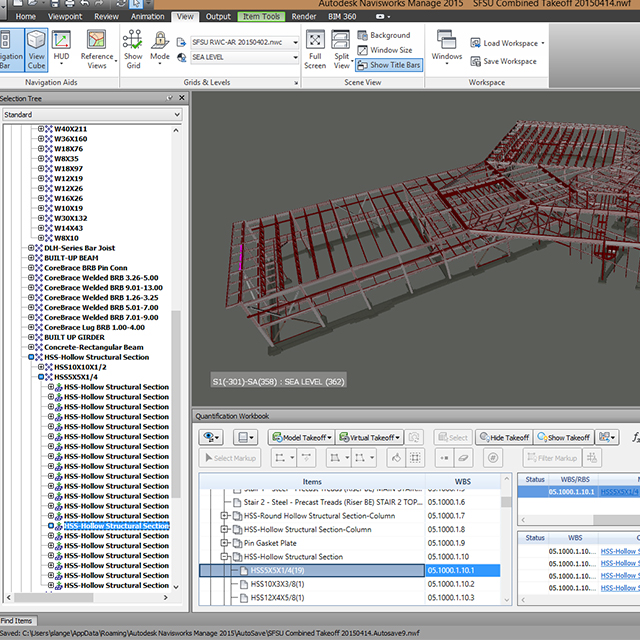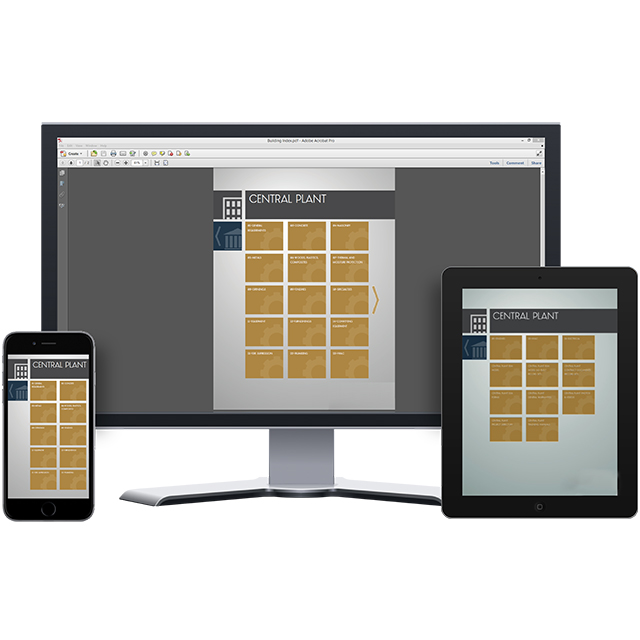Providing the highest level of service
Founded on a broad base of project experience, C.W. Driver professionals bring the requisite experience, training and technical expertise essential to delivering your project with the highest professional standards, regardless of your chosen project delivery method.
Preconstruction
Learn More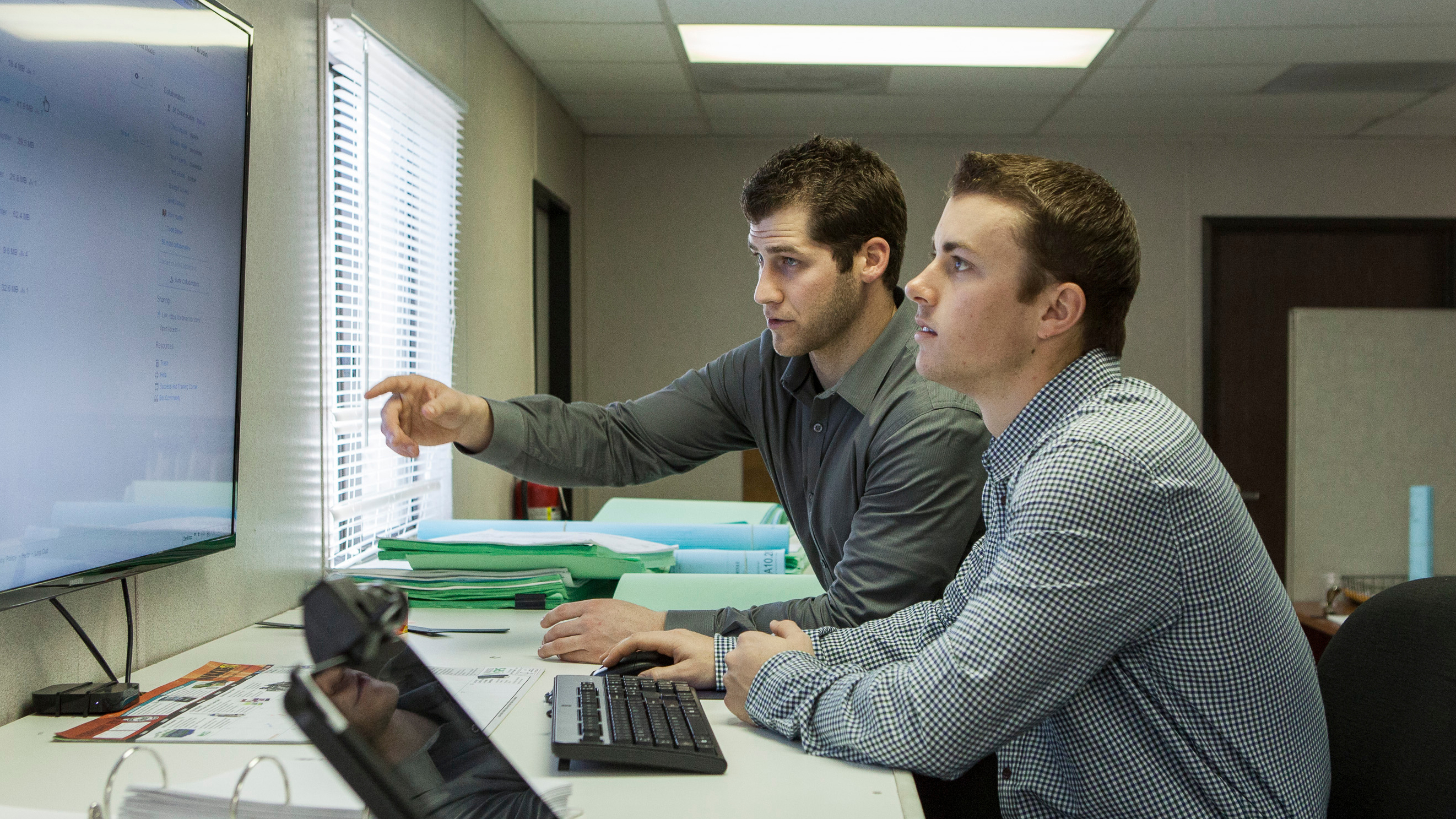
Construction
Learn More
Close-out
Learn More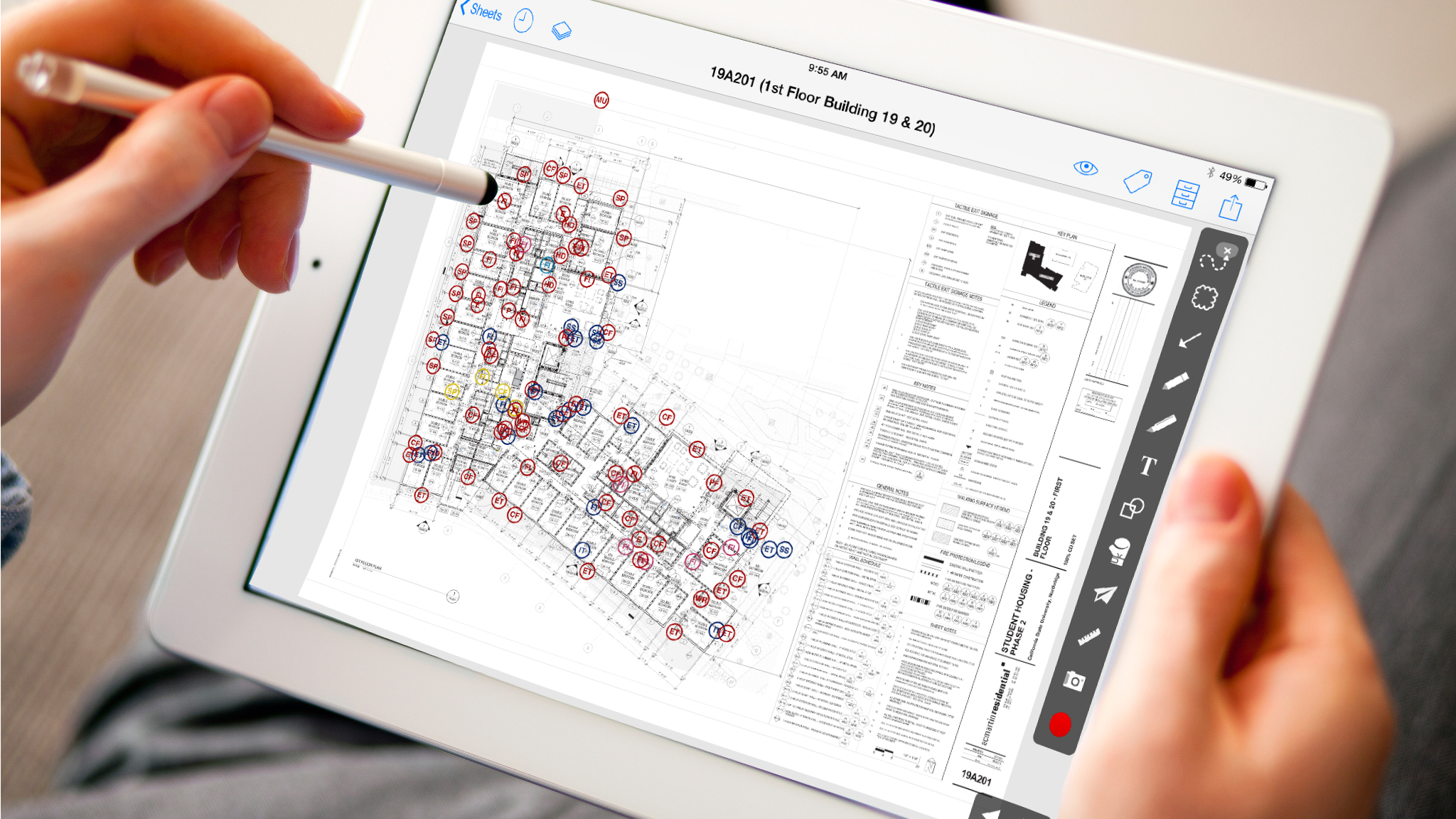
BIM
Learn More
Delivery Methods
C.W. Driver’s broad base of projects and depth of industry knowledge affords our professionals the experience, training, and technical expertise which are essential to providing professional services for current and emerging project delivery methods.
Design-Bid-Build
Commonly known as “Lump Sum” or “Hard Bid” contracting, C.W. Driver assumes direct responsibility for all construction phase activities as a result of a price competition based on contract documents provided by the Owner.
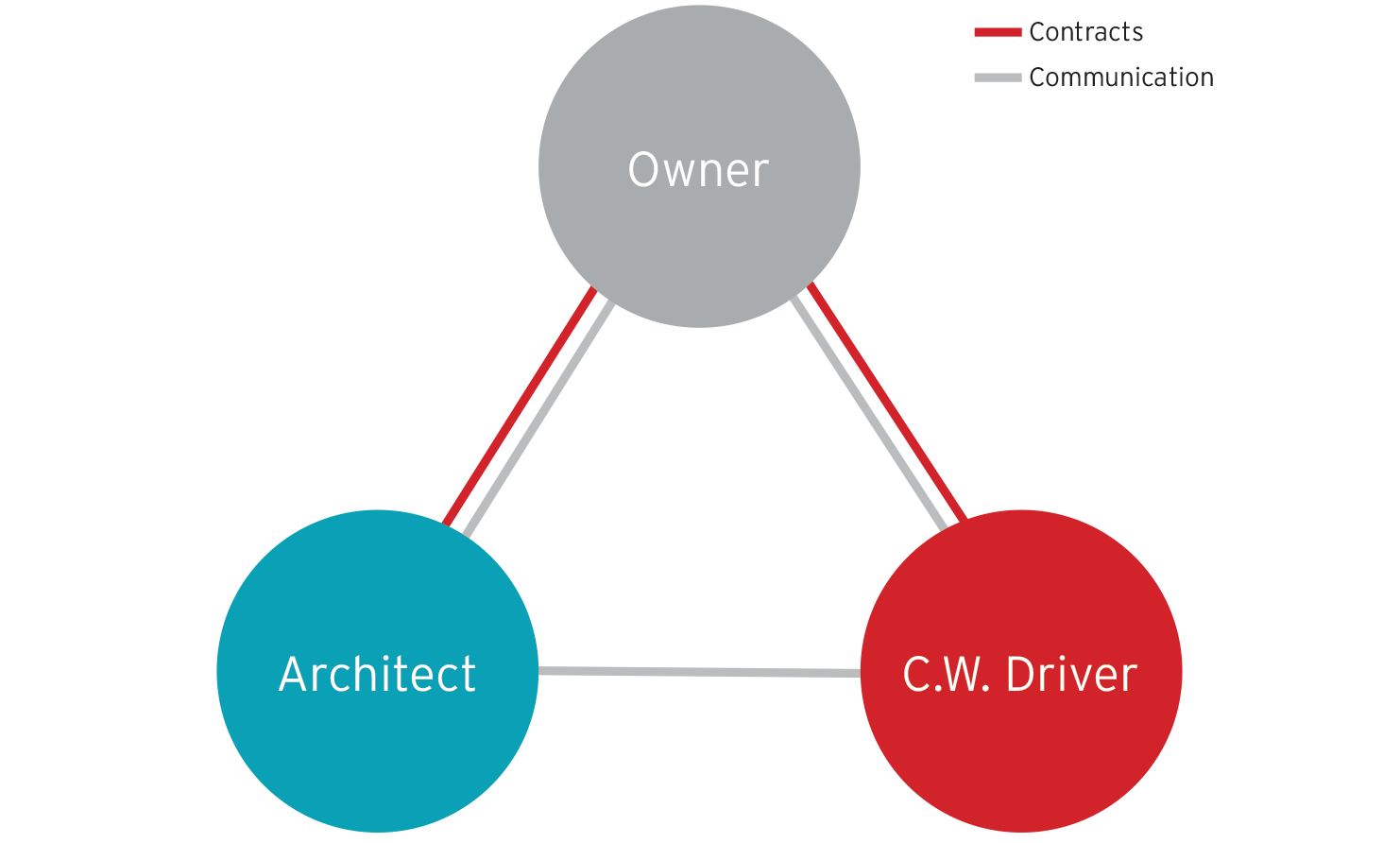
Benefits
- Linear, sequential process
- Clear delineation between Design and Construction
- Open, public bidding
Disadvantages
- Cost not finalized until documents or project is complete
- Lack of General Contractor expertise during design
- Potential for adversarial relationships
- Owner has little control over qualifications of General Contractor or Subcontractors
NEGOTIATED
C.W. Driver assumes direct responsibility for construction phase activities, as well as in some cases, preconstruction services. The contract is awarded as a result of contract negotiations entered into as a result of the qualifications of the General Contractor and may take the form of either a negotiated stipulated lump sum or a Guaranteed Maximum Price (GMP). In both cases, C.W. Driver guarantees both the cost and schedule of the project.

Benefits
- Owner can choose “Most Qualified” General Contractor and subcontractors
- Owner and Designer benefit from the preconstruction involvement of General Contractor
- Cost Certain, Open Book, trusting relationship
Disadvantages
- Concern Owner is not able to achieve lowest price
- With cost guaranteed at early documentation, GMP may include numerous allowances, contingencies
CONSTRUCTION MANAGEMENT / ADVISOR
As the Construction Manager (CM), C.W. Driver contracts with the Owner in a relationship of trust and confidence to manage and oversee the planning, design and construction process. Services include contract awards, material procurement, cost and schedule monitoring and reporting. C.W. Driver manages the construction performed by a General Contractor procured through the Design – Bid – Build process.
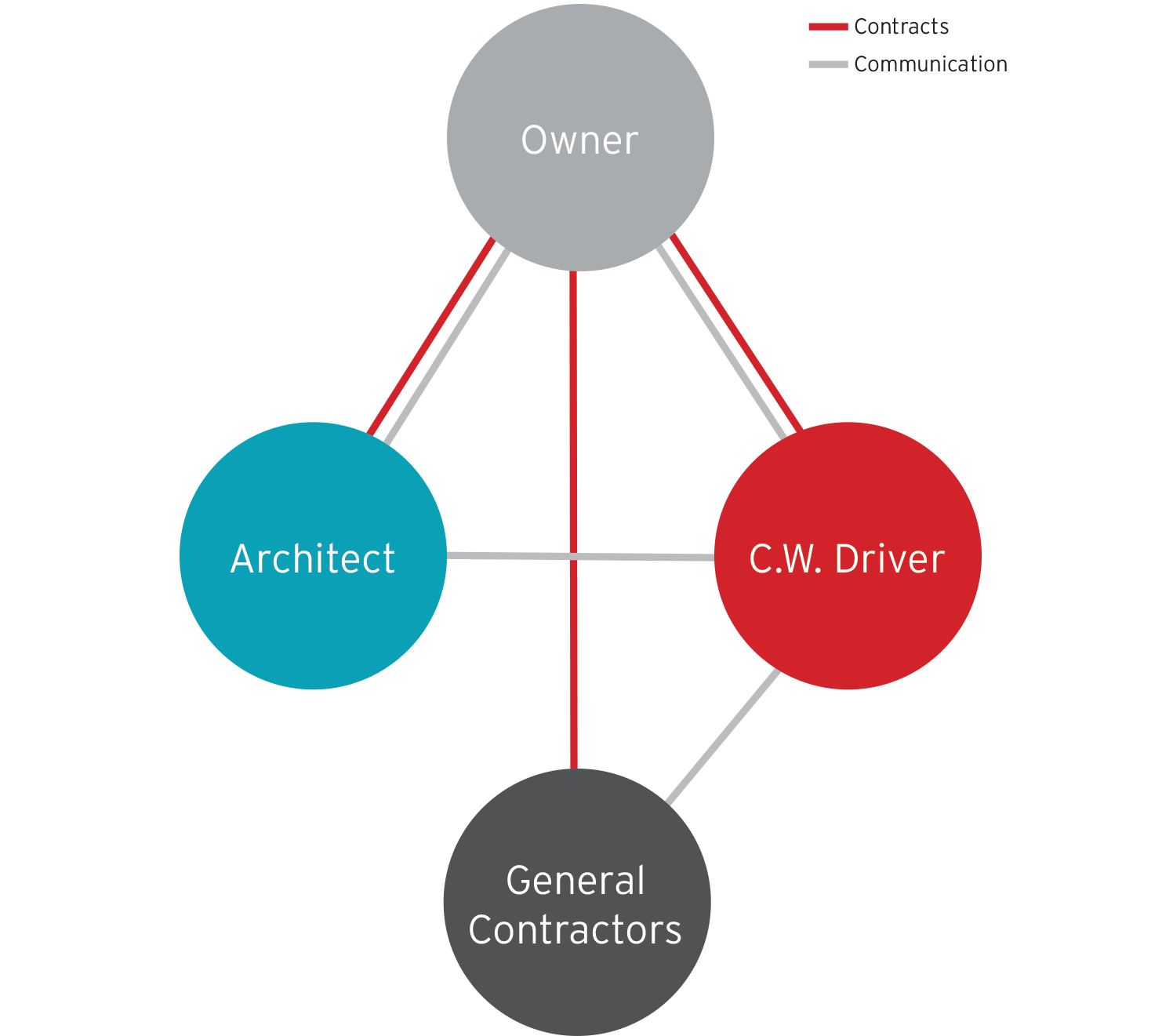
Benefits
- Owner can choose “Most Qualified” Construction Manager to manage the project
- Construction Manager works on behalf of the Owner
- Owner and Designer benefit from the preconstruction oversight of CM
- Owner can take advantage of the benefits of Design – Bid – Build method
Disadvantages
- Added layer of cost, coordination and authority
- Oversight of CM may be counterproductive to the designer and general contractor
- Disadvantages of the Design – Bid – Build method
CONSTRUCTION MANAGEMENT / MULTI-PRIME
As the Construction Manager – Multi-Prime (CM-MP), C.W. Driver contracts with the Owner in a relationship of trust and confidence to manage and oversee the planning, design and construction process. Services include contract awards, material procurement, cost and schedule monitoring and reporting. C.W. Driver acts as the General Contractor and manages the construction performed by multiple prime contractors (subcontractors) procured through a competitive bidding process.
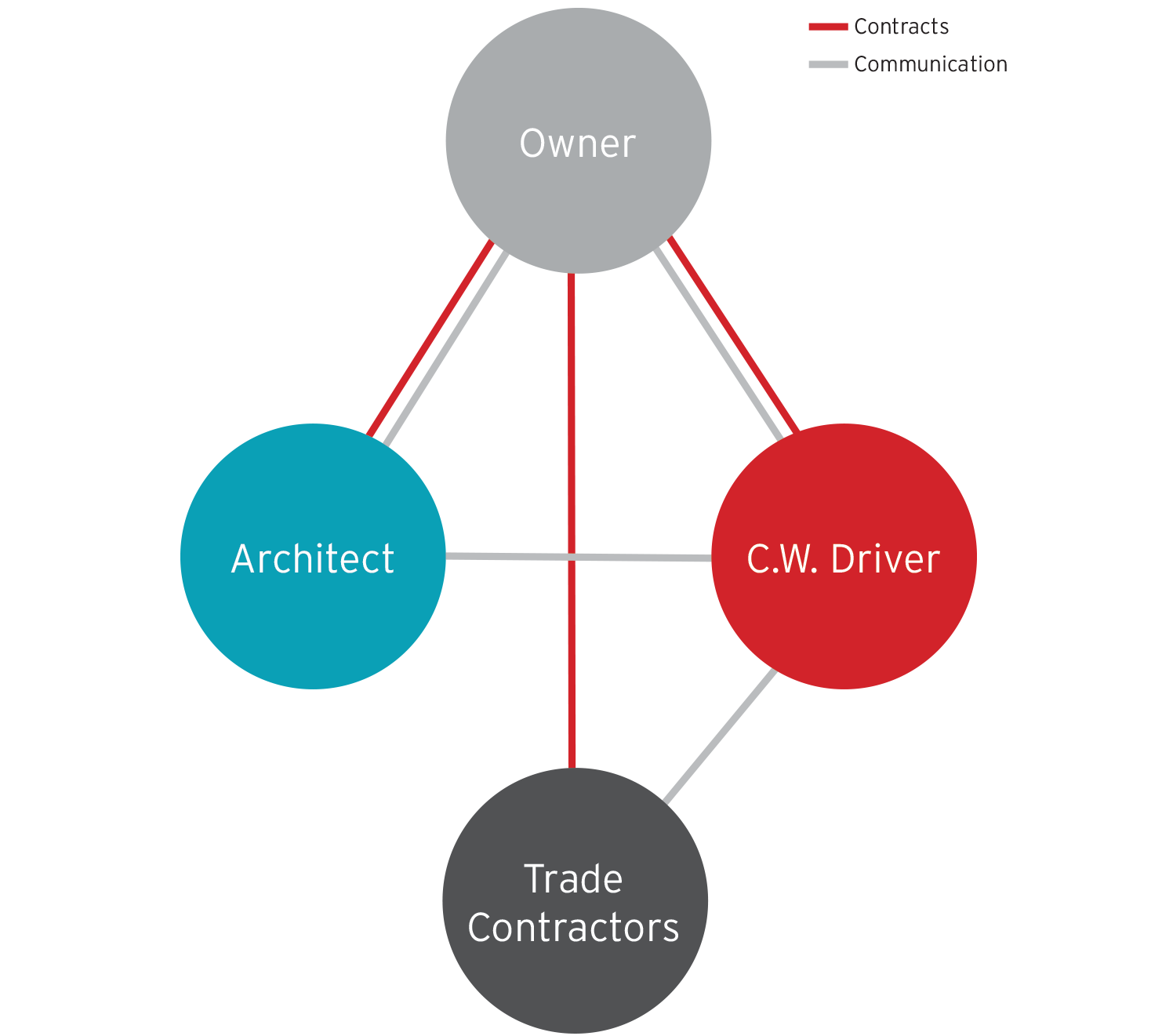
Benefits
- Owner can choose “Most Qualified” Construction Manager to act as General Contractor
- Advantages of the CM – Advisor without the added cost of the General Contractor
- Owner effectively has the General Contractor working on their behalf
- Provides flexibility in the subcontractor bid process
Disadvantages
- Added layer of cost, coordination and authority
- Oversight of CM may be counterproductive to the designer and general contractor
- Disadvantages of the Design – Bid – Build method
CONSTRUCTION MANAGEMENT / AT RISK
As the Construction Manager at Risk, C.W. Driver contracts with the Owner in a relationship of trust and confidence to participate in the planning, design and construction process. Services include contract awards, material procurement and cost and schedule responsibility. C.W. Driver acts as the General Contractor and holds and manages the contracts of the subcontractors procured through a competitive bidding process.
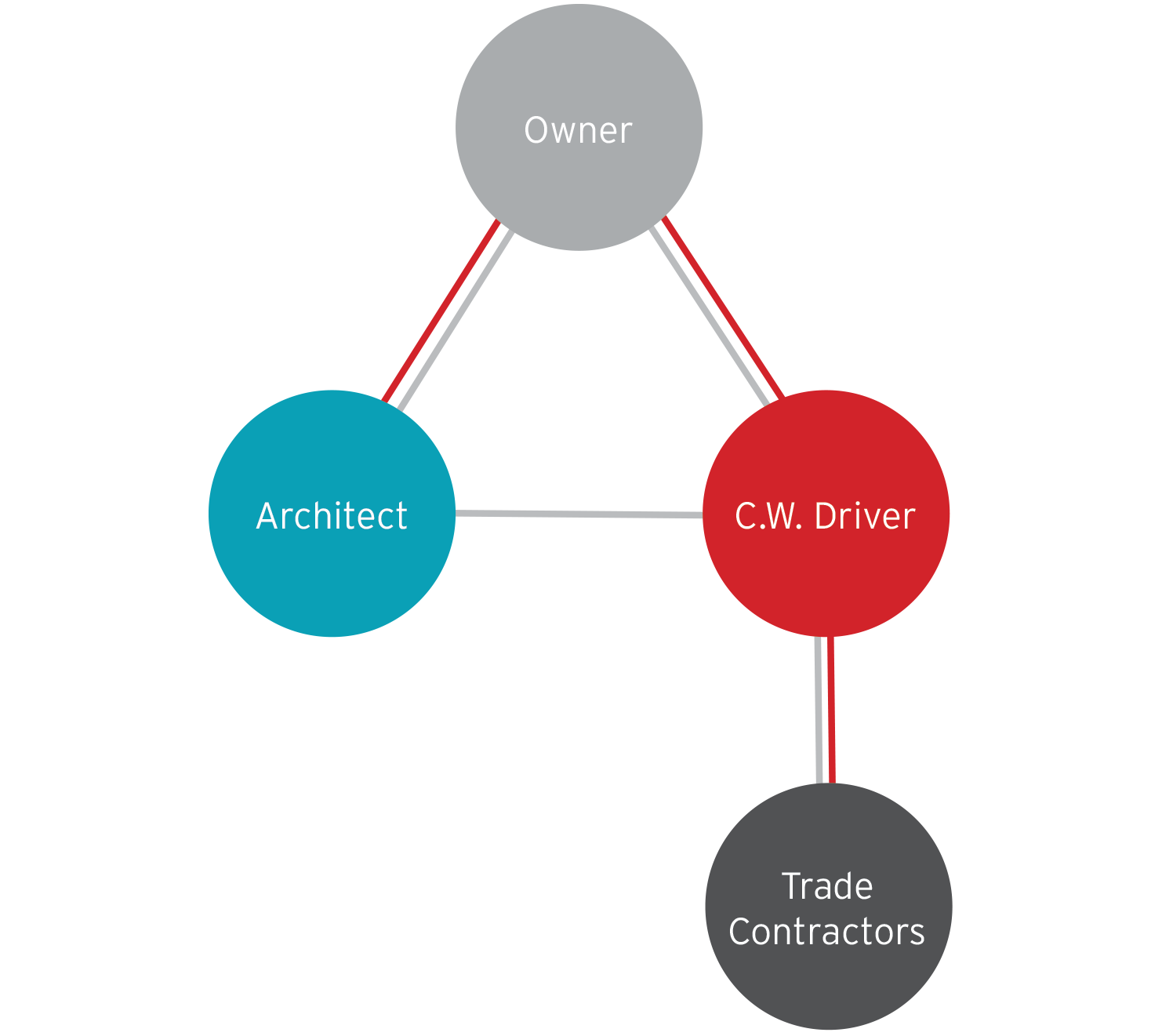
Benefits
- Owner can choose “Most Qualified” Construction Manager to act as General Contractor
- Owner and Designer benefit from the preconstruction involvement of Construction Manager
- Cost Certain, Open Book, trusting relationship
- Owner receives advantage of a Guaranteed Maximum Price
Disadvantages
- With cost guaranteed at early documentation, GMP may include numerous allowances, contingencies
DESIGN BUILD
As the Design Build Entity, C.W. Driver subcontracts architectural and engineering services and becomes the single source contracting entity in the Design/Build process. Partnering with a selectively chosen Architect, or other duly licensed entity, the two are contracted as a team to complete both design and construction services at a predetermined cost and schedule to meet the Owner’s specific needs.
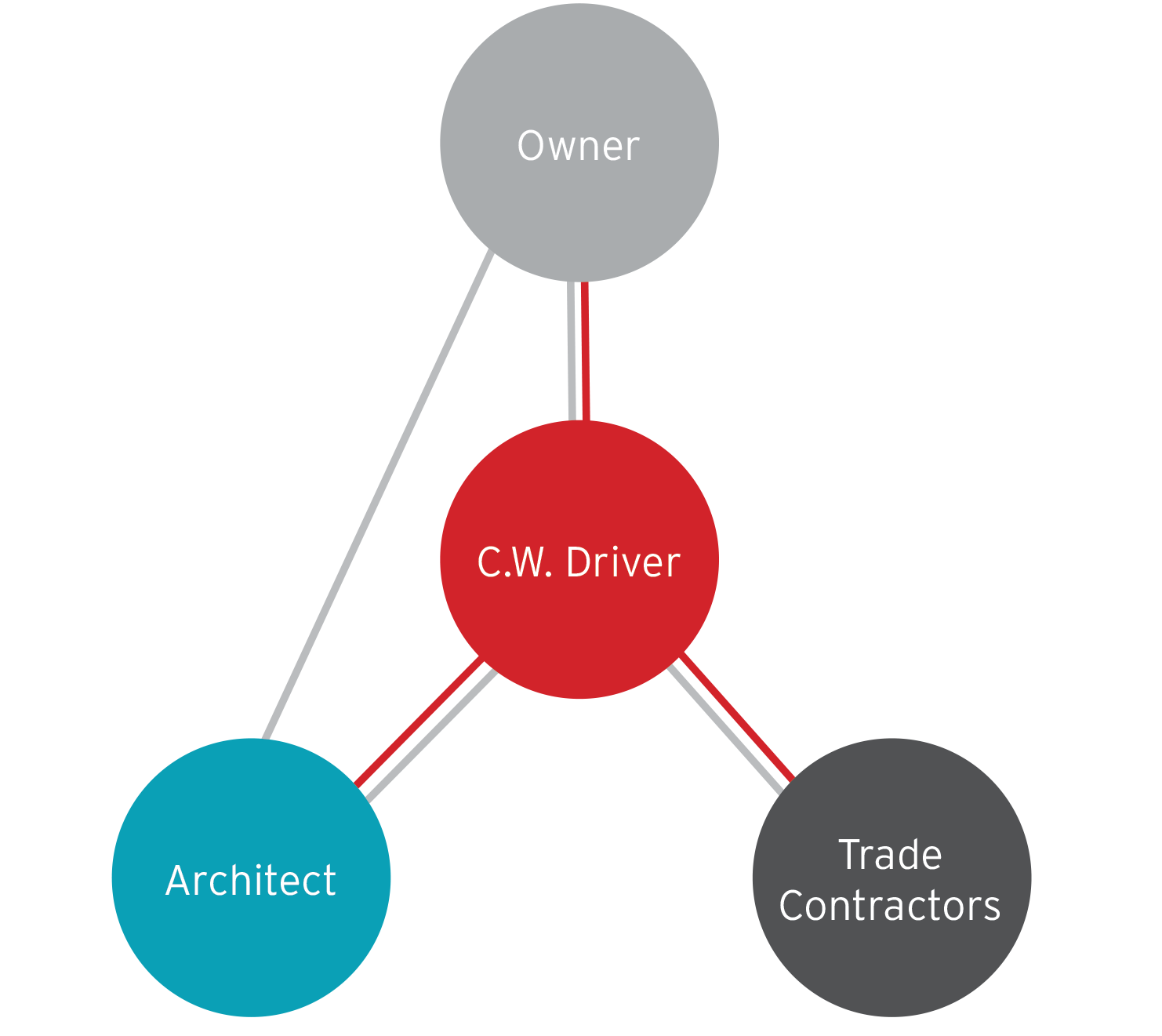
Benefits
- Owner is provided a single point of responsibility for the design and construction process
- Provides a means to shorten the overall design and construction process
- Provides early cost commitment
- Requires less Owner involvement after project definition
Disadvantages
- Requires less Owner involvement after project definition
- Decisions may be made on based on short term savings rather than long term costs
INTEGRATED PROJECT DELIVERY
Integrated Project Delivery (IPD) is a project delivery method that integrates people systems, business structures and practices in a collaborative approach to optimize results, increase value, reduce waste and maximize efficiency through all phases of the design and construction process. IPD uses a three pronged platform with the Owner as one entity, the Architects and engineers as the second and the Contractor as the third. Acting as the core group they manage the IPD process by leveraging the experience, talent and input of all team members in order to obtain the best results. Building Information Modeling (BIM) provides the platform for collaboration throughout the process.
LEASE / LEASEBACK
The lease-leaseback method of project delivery gives public entities the greatest flexibility to act like a private entity in procuring construction services. Utilized by school districts, this method as described in California Education Code Section 17406(a) allows:
“. . . The governing board of a school district, without advertising for bids, to let, for a minimum rental of one dollar ($1) per year, to any person, firm or corporation any real property that belongs to the district if the instrument by which such property is let requires the lessee therein to construct on the demised premises, or provide for the construction thereon, a building or buildings for the use of the school district during the term thereof, and provides that title to that building shall vest in the school district at the expiration of that term . . .”
Typically the Lease will be the document that includes construction provision which sets the fixed price to be paid by the school district for the completion of the project (Guaranteed Maximum Price). The provisions will also include legal requirements associated with public works projects, such as certain labor requirements, payment and performance bonds as well as pertinent construction contract provisions such as indemnity and insurance language.
LEAN
Lean Construction Delivery is a comprehensive management approach to deliver the most value from the Owner’s perspective while consuming the least resources. From the initial effort of improving communication, understanding of scope and the reliability of the work plan, the emphasis is on developing techniques to create a culture of continuous improvement. Lean changes the way work is done throughout the delivery process in an effort to manage and improve performance in, wherein control becomes making things happen rather than monitoring results.


